South American legendary roads you can be categorized in several ways, first, for example, those that are known better and you will have to use them as the only inland road to enjoy some beautiful place.
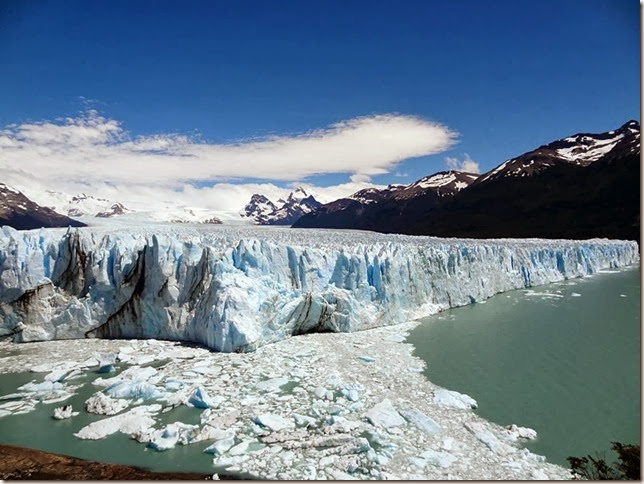
The first example –to visit the Perito Moreno glacier in Argentina, a visitor must drive along Ruta 40. The total length of the road is over 5,000 kilometers from the Bolivian border to Terra de Fuego.
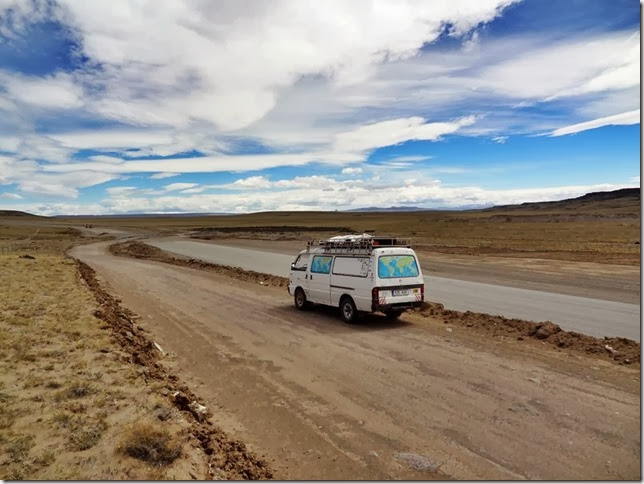
Ruta 40 in Patagonia. There is a recently completed new route just next, but it is not allowed to use that yet.
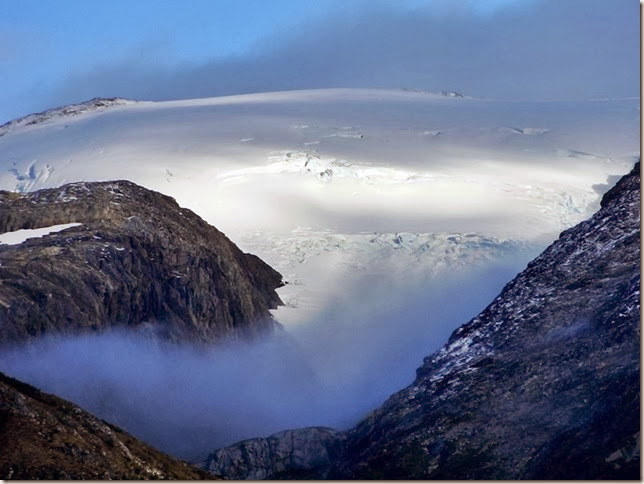
Next example – in the southern part of Chile, however, there is Carretera Austral taking through the fantastic and untouched nature
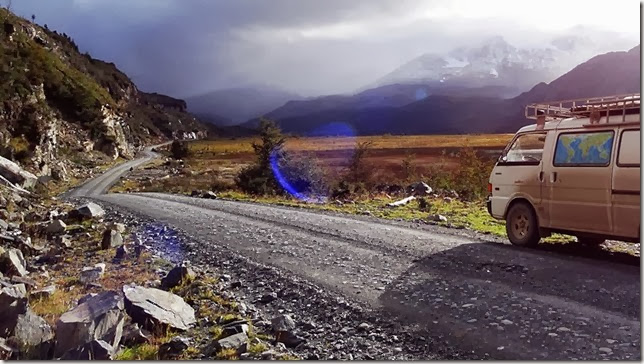
About the journey through Carretera Austral can be read here:
http://tarmo-rtw.blogspot.com/2013/04/carretera-austral-day-1-caleta-tortel.html
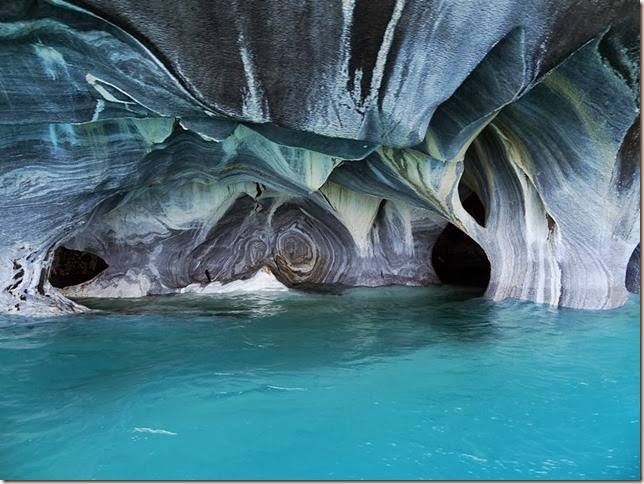
One of the most unique roadside attractions - Marble Caves of Puerto Rio Tranquilo is located to a couple of hundred meters from Carretera Austral. http://tarmo-rtw.blogspot.com.br/2013/04/marble-caves.html
In the category of the mountains- the most famous is North Yungas Road in Bolivia, also known by the name of "The World Most Dangerous Road". After the construction of the new road the traffic here is of minimum, and the road is no longer- because of heavy traffic - "the most dangerous ".
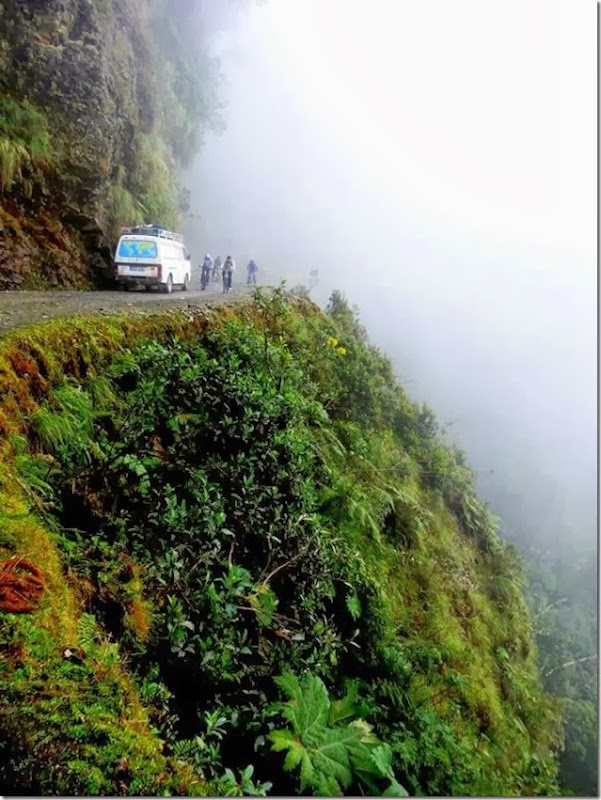
http://tarmo-rtw.blogspot.com/2013/07/death-road.html
Much less known, but equally fascinating for driving, is the Peru option of the Road of Yungas, the road between Santa Maria and Santa Teresa, "Back Road to Machu Picchu." Widespread is the knowledge that you can visit Machu Picchu only by train, but actually pretty close can be reached also by car, and only the last 8 km has to be walked along the railway.
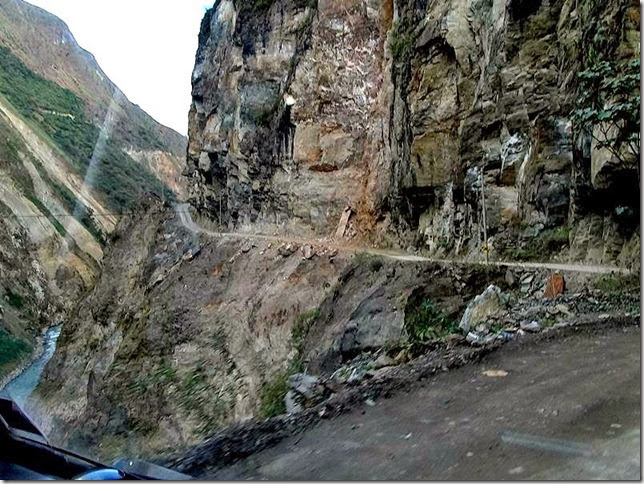
Unlike Bolivia there is still a lot more traffic here.
http://tarmo-rtw.blogspot.com/2013/08/back-road-to-machu-picchu.html
And yet in South America there are some of the roads, about which mostly is being only talked to, and sometimes, rarely, there is someone in the company who knows someone who has ever traveled there.
For the majority of travelers by car in this continent move along the classical Panamericana, either from south to north or vice versa. Argentina, Chile, Bolivia, Peru, Ecuador and Colombia, also Uruguay, less visited are Paraguay, Brazil and Venezuela. Guyanas are absolutely in the end of the list.
The first mentioned road in this list is the BR -319, "Rodovia Fantasma", or "The Ghost Road" in Brazil. It runs 640 kilometers through the Amazon rain forest. The road between Humaita and Manaus and it was built in the early 1970s, but already in 1998 it was officially declared impassable.
http://tarmo-rtw.blogspot.com/2013/09/humaita-manaus-br-319-day-1.html
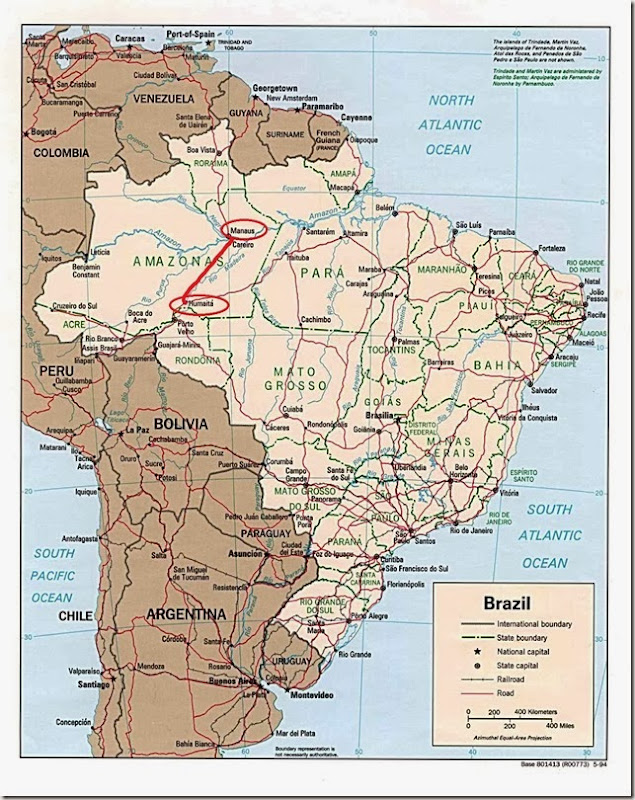

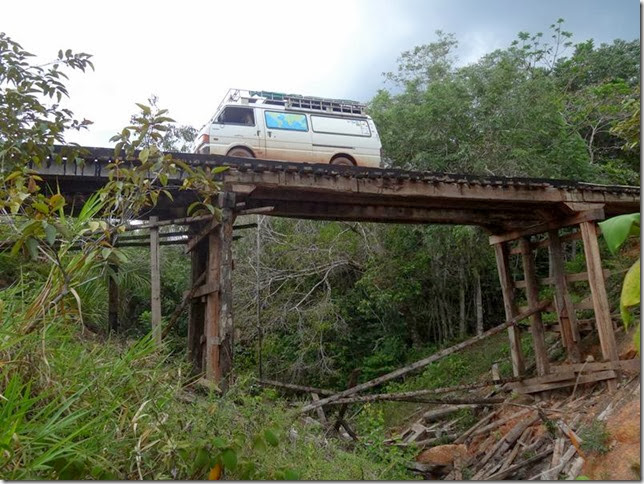 ii
iiThe covering of 640 kilometers in six days was with pictures even described in local web media.
--- What is remarkable about this however is not the speed, but their successful arrival. The last Europeans who tried it ended up in a ditch and had to be rescued by the military (see Manaus by Road). The BR319 is little more than a muddy trail, since it was abandoned over thirty years ago and reclaimed by the jungle. Although nowdays around 100km at each end are tarmac, the bit in the middle - and that's aound 600km - is just mud and a lot of wooden bridges. There are no people, no vehicles, no buildings, no petrol, no water... well, you get the idea.---
Copy-Paste Amazon Handbook, Thank you, Clive!
And no boredom either while driving northwards from Manaus.
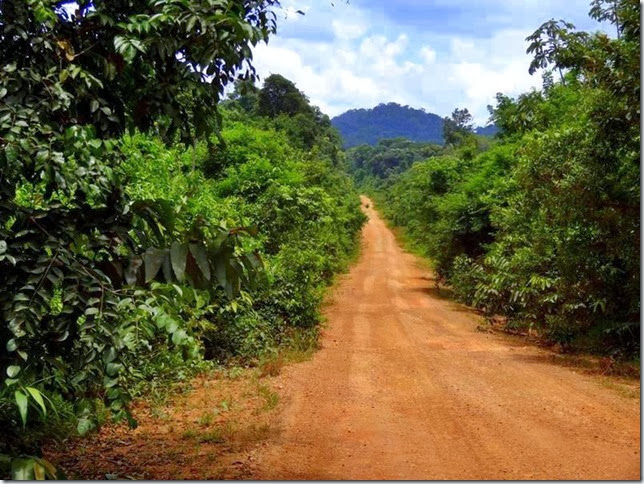
A good child has many names. "The Worst Road in the World" or " South America 's most remarkable road." So it is written about the only road that is between Guyana and Brazil.
http://tarmo-rtw.blogspot.com/2013/10/lethem-to-georgetown.html
But as at that moment it was not raining, there were no problems of covering it., And the road has in recent years been well repaired.
And in Brazil there is still one more legendary and famous road, also built in the 1970s, and that is the beginning of the famous “Camel Trophy”. “The Camel Trophy concept began in 1980 when three teams from West Germany set out to drive 1,600 km of the Transamazonica highway …”.
Transamazonica
Some facts about Transamazonica : The length of the road is 4223 kilometers from the coast up to Lábrea, although initially the road was planned to be built up to the border of Peru and Ecuador.
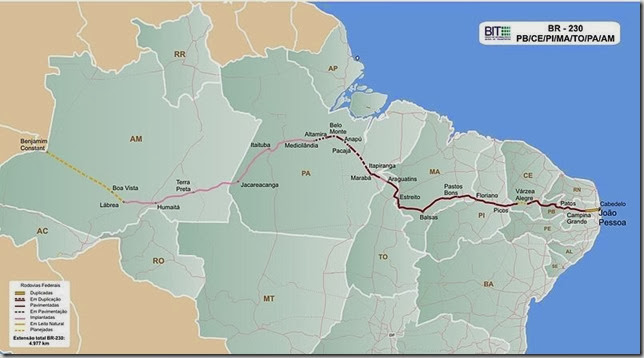
From the town of Maraba up to the coast, to the town of Joao Pessoa, the 2000 km has been surfaced by now, however, the left –side part of 2000 kilometes of the road is in a worse condition, especially in the rainy season.
As to raining - it is so as previously mentioned, here in the Amazon area it is raining almost all the time, and there is also a less rainy period, when it does not rain every day. Various websites provide a variety of information on non- rainy periods, but it can be read out that the least rainy time of passing Transamazonica are still September and October.
So here begins the story of passing Transamazonica and just in case another map of Brazil. The green line is the distance traveled in September and mid-October, the red dashed line is an upcoming part of Transamazonica.
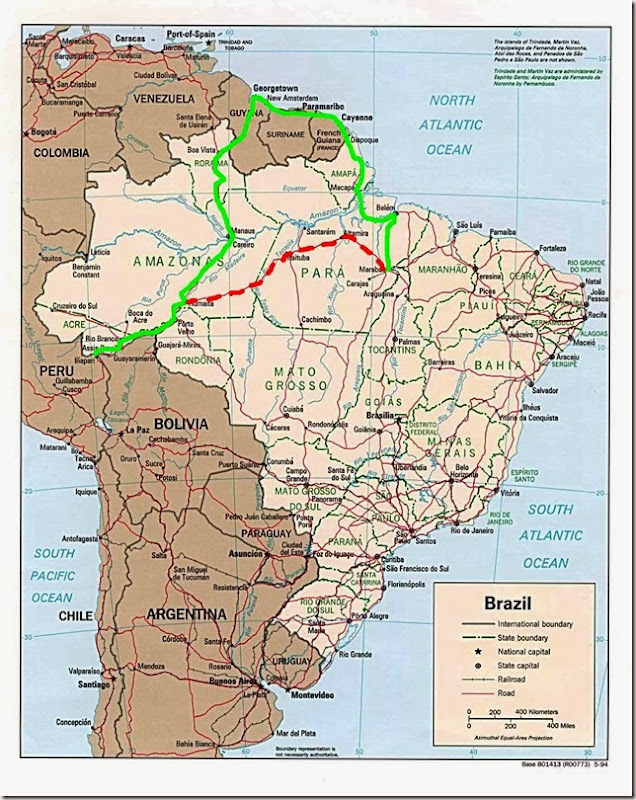
Ahead are the same interesting days, as on the road of Humaita - Manaus that was traveled a little more than a month ago.
Only this time, the upcoming route is three times longer, 2,000 kilometers are waiting ahead.



No comments:
Post a Comment